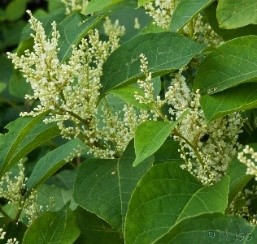Breaking
Operation EASTER launches for the 28th year
Bat Conservation Trust launch Halloween video to celebrate bats 🦇
Operation Badger re-launch for National Badger Day!
Craig Fellowes awarded MBE for services to wildlife
Operation EASTER ~ 27 years of stopping egg thieves
Man who abseiled down cliff to take peregrine falcon eggs jailed
Newport company fined for the demolition of Bat Roost
Cheshire man sentenced after admitting animal cruelty offences
2,114 seizures of endangered animals and timber in major international law enforcement operation
Natural England prosecutes developer for breaching Bat Mitigation Licence
Vale of Glamorgan man prosecuted for destroying valuable wildlife habitat
Wildlife detectives take part in new Forensics Training programme
PSNI investigate death of two white-tailed eagles
PSNI launch Operation SUBRISION to deter and detect rural and wildlife crime
Lewisham man convicted for illegally exporting ivory
Operation EASTER launched for 2023 - stopping egg thieves and egg collectors
Monmouthshire company fined for damaging an important Great Crested Newt habitat
Two Lincolnshire men sentenced under new hare coursing legislation
Hoard of suspected poached deer skulls and fox tails uncovered after drugs raid in Nottinghamshire
Japanese knotweed
Japanese knotweed Reynoutria japonica
- Appearance: Tall, perennial terrestrial plant with stems, typically 2 m in height, with extensive system of underground rhizomes. Hollow, green-flecked stems, leaves grow alternate in a zig-zag pattern. White flowers.
- Growth: Fast-growing, forms dense stands. Thrives in damp soil particularly in urban places. Spread through small fragments of stem or rhizome.
- Impact: Displaces native species, can contribute to erosion and flooding. Can have significant economic impacts and may be difficult and expensive to control.
- Pathway: Originally a garden ornamental plant that has spread, been deliberately planted or escaped into the wild.
- Legal status: Listed on Schedule 9 of the Wildlife and Countryside Act 1981. Section 14 of this Act makes it an offence to plant or otherwise cause to grow in the wild.
- If an offence has been committed: Make a report to your local Police force.
- If Japanese knotweed is causing a nuisance: It is not an offence to have Japanese knotweed growing on your land but there may be a civil liability if it is allowed to encroach onto others’ land. Contact a solicitor for more information.
- In some cases, a Community Protection Notice under theAnti-Social Behaviour, Crime and Policing Act 2014 could be issued by your local authority or local Police to individuals who “are acting unreasonably and who persistently or continually act in a way that has a detrimental effect on the quality of life of those in the locality”. This could be in relation to Japanese knotweed. Contact your local Police force or local authority to find out more.
- What to do if you see this plant in the wild: Record it with a photograph (where possible).
- Make sure you don’t spread this plant: Do NOT strim, flail, mow or dump plant material or contaminated soil. Check Clean Dry boots and equipment and Be Plant Wise in your garden.
- Links to more: Species information and ID sheet.

